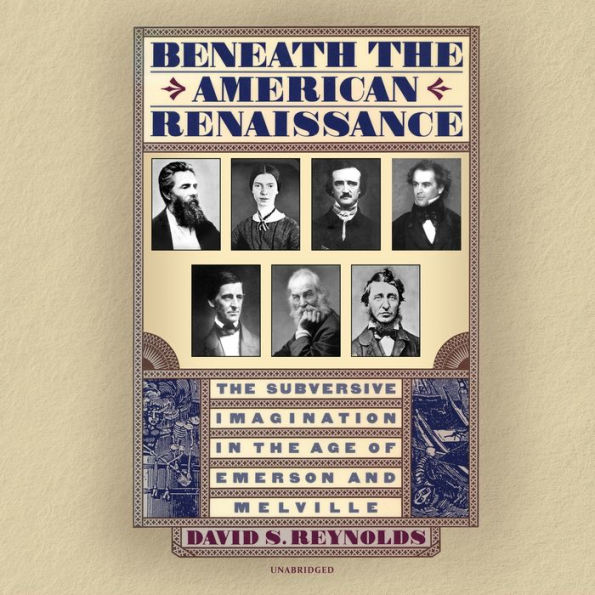Publishers Weekly - Publisher's Weekly
Poe's portraits of psychopathic murderers, Melville's studies of incest and deceit, Whitman's hymns to sexual passion and Hawthorne's allegories of social outcasts had roots in the popular writings of their daypenny newspapers, crime pamphlets, erotic fiction, sensational novels, Oriental and visionary tales. In a massive, dense study, Reynolds, who teaches at Rutgers, shows that 19th century American writers were not isolated elitists, as assumed. Emerson, for example, infused his essays with the color and imagery of torrid evangelical preaching; Emily Dickinson drew upon the ``literature of misery,'' feminist ficiton which projected an embittered female self; Melville grafted such genres as mystery fiction, yellow novels and Yankee humor. Astonishing in its scope and wealth of new connections, this sweeping study is a landmark in the reevaluation of 19th century American literature. Illustrations not seen by PW. (April)
Library Journal
Using the products of popular culture between 1820 and 1855 more comprehensively than do other Renaissance scholars, Reynolds tries to fix our ``classic'' texts (e.g., Moby Dick ) as culminating transfigurations of, rather than anomalous reactions against, the voluminous literature of their day. He focuses especially on the various reform literatures, new religious evangelical style, and flood of popular fiction, arguing that our major writers were able to absorb the style, themes, and genres of these sub-literary materials without sacrificing aesthetic control. Though he tends to overstate specific influences and embraces too mechanical a model for the creative process, his argument and impressive display of materials make for a significant contribution to American studies. Earl Rovit, City Coll., CUNY
From the Publisher
"Impressively informed and heroic . . . An original piece of work that gives the literary canon and its contexts a good shaking." —Justin Kaplan, The New York Times Book Review
"A monumental revisionist study of 19th-century American literature that challenges both popular critical conceptions of Emerson, Whitman, Poe, et al., as well as fashionable schools of literary analysis. . . . A tremendous work of scholarship." —Kirkus"More than 40 years ago the critic F.O. Matthiessen published The American Renaissance, his landmark study of the flowering of American writing in the years before the Civil War . . . David Reynolds's large, richly suggestive book expands Matthiessen's thesis, not only adding Edgar Allan Poe and Emily Dickinson as central figures but also focusing on the forgotten mass of popular literature of the time." —The Economist"What Reynolds challenges in a book of remarkable verve, comparable in length and richness to Matthiessen's book but otherwise very different, is the view that the foremost figures of the nation's literary past were isolated and estranged from the American mainstream...Reynolds has excellent things to say about all of his chief writers...[He] offers fresh insights into the deliberate paradoxes of democratic republicanism...Social historians will gain intriguing new material from this book." —Marcus Cunliffe, American Historical Review"Beneath the American Renaissance is a welcome contribution to American literary scholarship, much of which has attempted to preserve a cultural hegemony . . . Reynolds merits praise for his painstaking survey of popular writing and the brilliance with which he locates elements of popular culture in the major texts." —American Literature"A rich, grand, transforming book, an inspired feat of literary and historical imagination." —Kenneth Silverman, New York University"This is one of those rare books whose accomplishment equals its ambition....Reynolds's Beneath the American Renaissance should be read by all serious students of American culture...I believe that Beneath the American Renaissance will stand beside F.O. Matthiesen's great American Renaissance (1941) as a foundation to our knowledge about this seminal period in American cultural history. —Philip F. Gura, Pennsylvania Magazine of History and Biography




